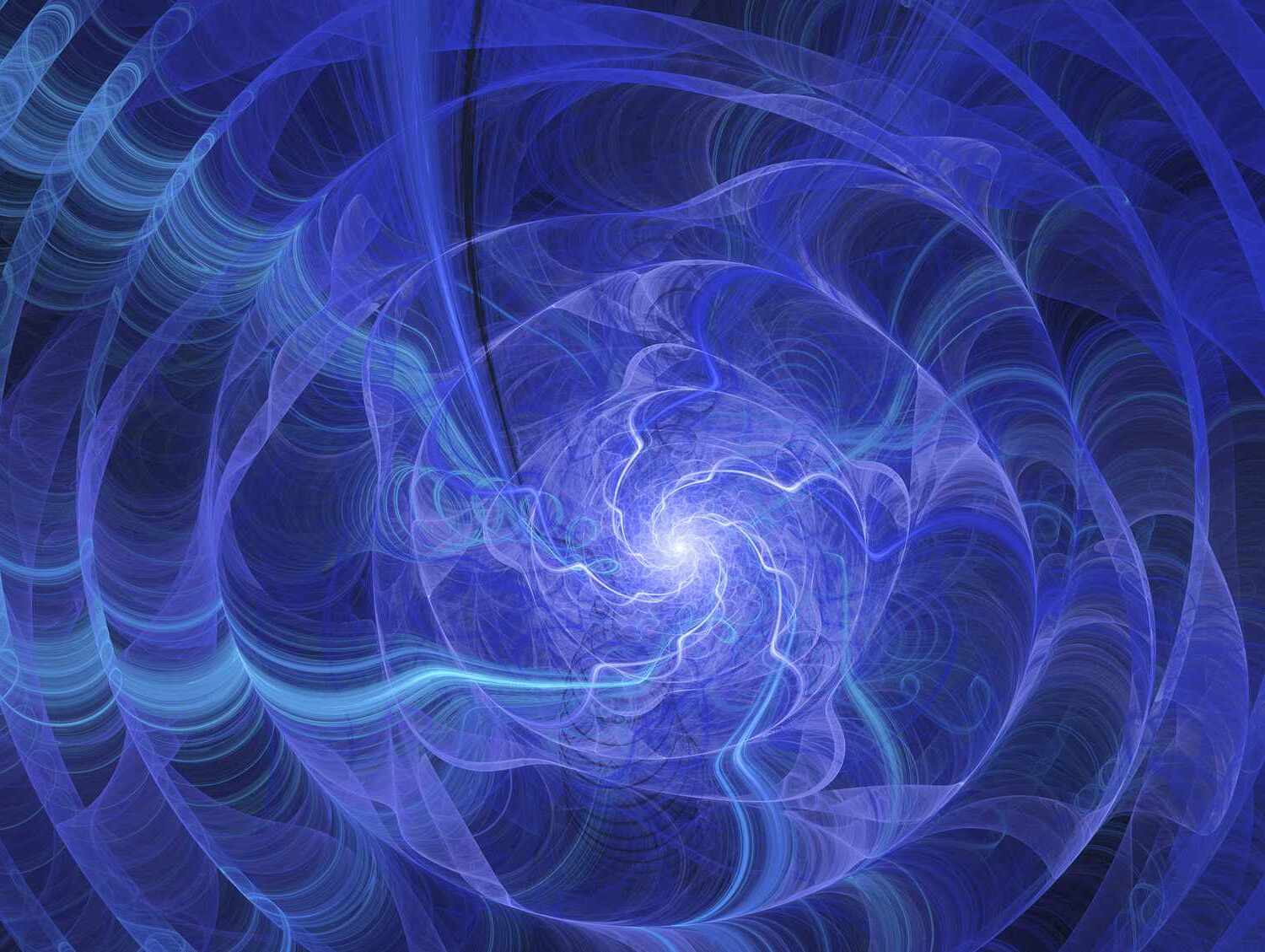
What is M-Theory? M-Theory is a complex idea in physics that aims to unify all consistent versions of superstring theory. Why is it important? It provides a framework that could explain the fundamental nature of the universe. Who developed it? Edward Witten, a renowned theoretical physicist, introduced M-Theory in 1995. How does it work? It combines elements of string theory and supergravity, suggesting that particles are not point-like but rather one-dimensional "strings." What makes it unique? Unlike other theories, M-Theory proposes 11 dimensions, which could potentially solve many puzzles in physics. Why should you care? Understanding M-Theory could lead to breakthroughs in technology, energy, and our grasp of the cosmos. Ready to dive into 25 intriguing facts about M-Theory? Let's get started!
What is M-Theory?
M-Theory is a complex and fascinating concept in theoretical physics. It aims to unify all consistent versions of superstring theory. Here are some intriguing facts about M-Theory that might blow your mind.
-
M-Theory stands for "Membrane Theory": It suggests that fundamental particles are not zero-dimensional points but one-dimensional strings and higher-dimensional membranes.
-
11 Dimensions: M-Theory proposes that our universe has 11 dimensions, including time. This is more than the four dimensions (three spatial, one temporal) we experience daily.
-
Unification of Forces: It aims to unify the four fundamental forces of nature: gravity, electromagnetism, the weak nuclear force, and the strong nuclear force.
-
Origin: M-Theory emerged in the mid-1990s as a unifying framework for the five different superstring theories.
-
Edward Witten: The theory was proposed by physicist Edward Witten, who is considered one of the leading figures in string theory.
The Role of Strings and Branes
Strings and branes are fundamental components of M-Theory. They help explain the behavior of particles and forces at the quantum level.
-
Strings: In M-Theory, particles are viewed as tiny vibrating strings. Different vibrations correspond to different particles.
-
Branes: These are multi-dimensional objects. A 1-brane is a string, a 2-brane is a membrane, and so on up to 9-branes.
-
D-Branes: These are a specific type of brane where strings can end. They play a crucial role in the dynamics of M-Theory.
-
P-Branes: These are generalizations of strings and membranes. The "p" stands for the number of spatial dimensions the brane has.
-
Dualities: M-Theory incorporates various dualities, which are mathematical equivalences between seemingly different physical theories.
Implications for Cosmology
M-Theory has profound implications for our understanding of the universe, including its origin and structure.
-
Big Bang: Some interpretations suggest that the Big Bang was a collision between branes.
-
Multiverse: M-Theory allows for the possibility of multiple universes, each with different physical laws.
-
Black Holes: It provides new insights into the nature of black holes, including their entropy and information paradox.
-
Cosmic Strings: These are hypothetical one-dimensional defects in space-time that could be remnants from the early universe.
-
Holographic Principle: This principle suggests that all the information contained in a volume of space can be represented as a theory on the boundary of that space.
Mathematical Foundations
The mathematics behind M-Theory is incredibly complex and involves advanced concepts from various fields.
-
Supersymmetry: This is a key feature of M-Theory, proposing a symmetry between bosons and fermions.
-
Calabi-Yau Manifolds: These are special shapes that the extra dimensions of M-Theory can take.
-
Matrix Theory: This is a mathematical formulation of M-Theory that uses matrices to describe the behavior of branes.
-
Supergravity: This is a field theory that combines supersymmetry and general relativity, and it is a low-energy limit of M-Theory.
-
Non-Commutative Geometry: This is a branch of mathematics that deals with spaces where coordinates do not commute, and it plays a role in M-Theory.
Challenges and Criticisms
Despite its elegance, M-Theory faces several challenges and criticisms.
-
Lack of Experimental Evidence: As of now, there is no direct experimental evidence supporting M-Theory.
-
Mathematical Complexity: The theory is so mathematically complex that it is difficult to make concrete predictions.
-
Testability: Some critics argue that M-Theory is not falsifiable, meaning it cannot be tested in a way that could prove it wrong.
-
Landscape Problem: The theory predicts a vast number of possible vacuum states, making it hard to identify which one corresponds to our universe.
-
Philosophical Questions: M-Theory raises deep philosophical questions about the nature of reality, space, and time.
The Final Word on M-Theory
M-Theory stands as one of the most intriguing concepts in modern physics. It aims to unify the five different string theories and offers a potential framework for understanding the universe's fundamental nature. With its 11 dimensions and the idea of membranes, M-Theory pushes the boundaries of what we know about space and time. While still largely theoretical, it has inspired countless physicists to explore deeper into the mysteries of the cosmos. From black holes to the Big Bang, M-Theory provides a fresh lens through which to view these phenomena. Though much remains to be proven, the possibilities it opens up are nothing short of fascinating. As research continues, who knows what new discoveries await? One thing's for sure: M-Theory will keep sparking curiosity and debate for years to come.
Was this page helpful?
Our commitment to delivering trustworthy and engaging content is at the heart of what we do. Each fact on our site is contributed by real users like you, bringing a wealth of diverse insights and information. To ensure the highest standards of accuracy and reliability, our dedicated editors meticulously review each submission. This process guarantees that the facts we share are not only fascinating but also credible. Trust in our commitment to quality and authenticity as you explore and learn with us.
